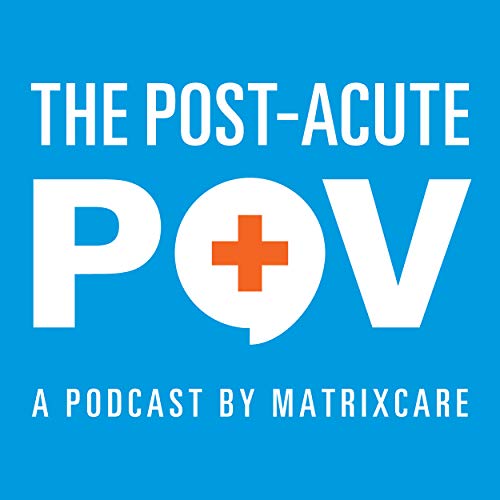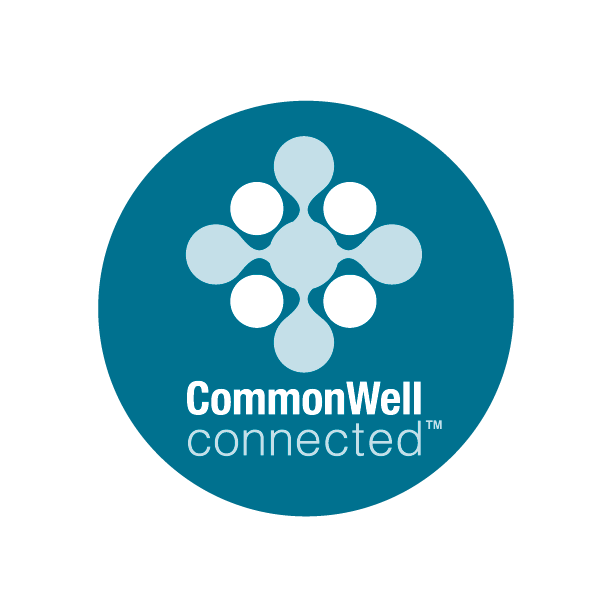In this episode of the MatrixCare Podcast, Kevin Whitehurst, SVP of the Skilled Nursing Solutions at MatrixCare, sits down with Cassie Diner, Senior Product Manager at MatrixCare to chat about the lessons skilled nursing facility (SNF) providers have learned from the front lines of COVID-19. With such a challenging situation to navigate, we discuss what some of these healthcare heroes have done to improve their screening and infection control practices.
Listen in as we uncover how organizations can leverage technology to help protect their staff and their patients and ways they can best prepare for the upcoming flu season.
DISLCAIMER
The content in this presentation is for informational purposes only and is provided “as-is.” Information and views expressed herein, may change without notice. Given the fluidity of the current regulatory environment due to the pandemic, we encourage you to seek as appropriate, regulatory and legal advice on any of the matters covered in this presentation.

In the latest episode of the Post-Acute POV podcast, our host Shane Curtis, Head of Revenue and Customer Success for Home Health and Hospice,...

In this episode of MatrixCare’s podcast, Navin Gupta – VP of Home Care Solutions for MatrixCare has a conversation with Paul Wilder, Executive Director...
Introduction In this episode of the Post-Acute POV, Navin Gupta, SVP of the home and hospice division at MatrixCare, is joined by Vicki Hoak,...